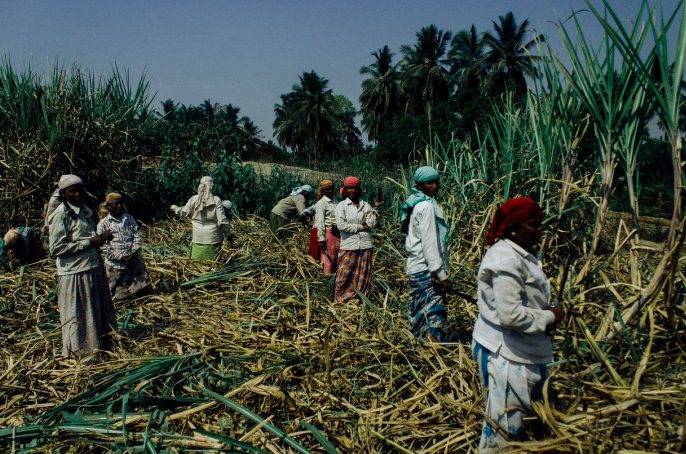
The Bitter Price of Sweetness: June 2025 Why Traditional Approaches Fail to Address Forced Labour in India’s Sugarcane Fields
India is the world’s second-largest sugar producer, earning over USD 4 billion annually from sugar exports. Sugarcane cultivation spans over 5 million hectares and supports more than 50 million farmers and workers. Despite its economic significance, India’s sugarcane sector remains associated with human rights abuses and forced labour. Maharashtra, one of the key sugarproducing states, contributes over a third of India’s total sugar output. The state relies heavily on an informal, migrant workforce–estimated at 1.5 million workers annually–who cut cane under arduous, under-regulated conditions. Numerous inquiries and media reports have exposed patterns of debt bondage, wage withholding, coerced hysterectomies among women workers, child labour and denial of basic entitlements such as rest days, sick leave, housing, insurance, and maternity benefits. Regardless of decades of corporate interventions, government initiatives, and international scrutiny, exploitative labour practises endure. These incidents of misconduct are not isolated, but structural outcomes embedded within procurement systems, pricing pressures, socio-economic conditions and regulatory failures.
This study tests the central hypothesis articulated in the white paper ‘Are We Fighting Forced Labour or Just Managing It?’– examining whether decent work deficiencies alongside business model indicators like purchasing practises and cost pressures offer more accurate early warning signals for forced labour than traditional reliance on the International Labour Organization’s Forced Labour (“ILO FL”) Indicators.
